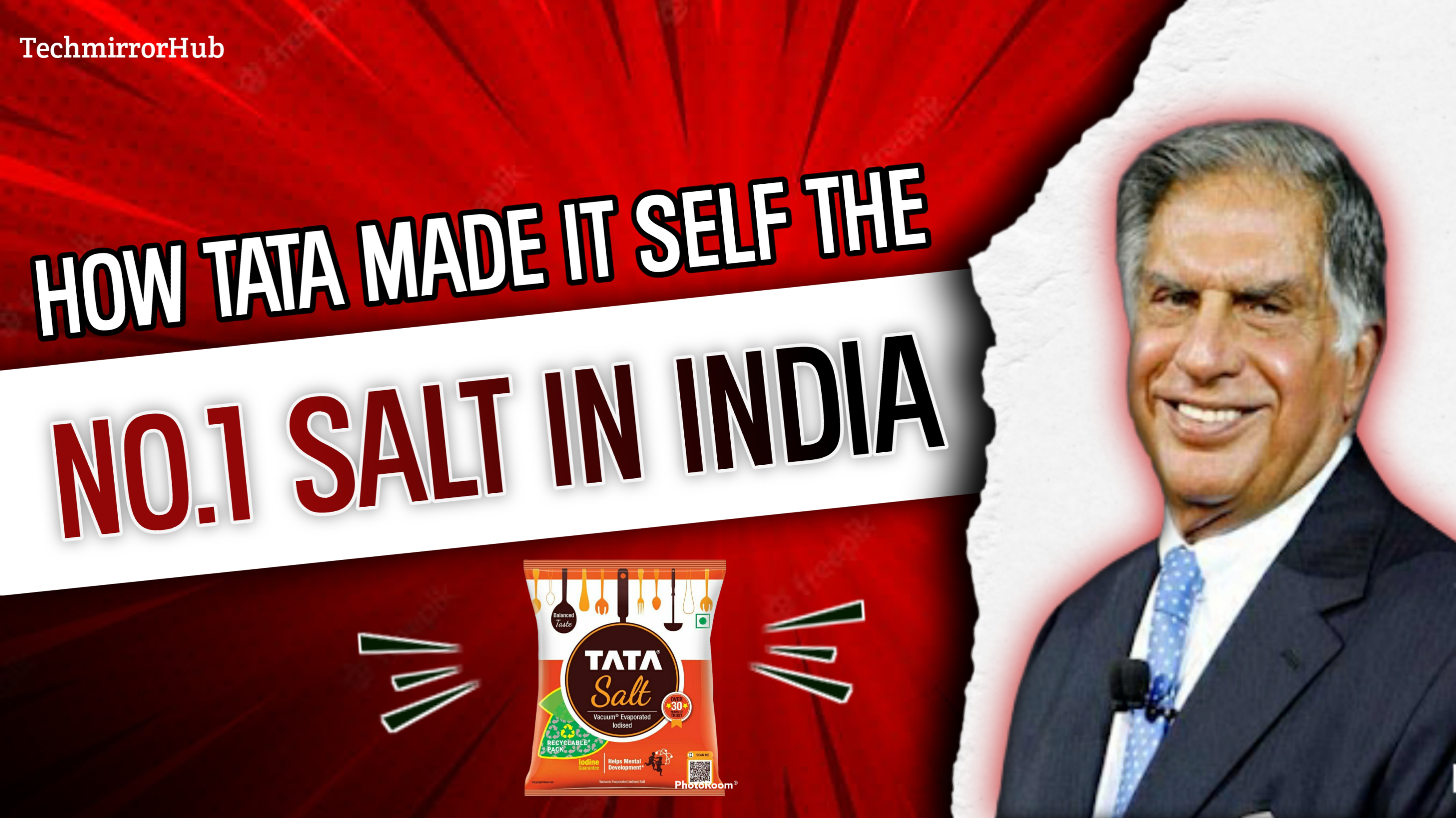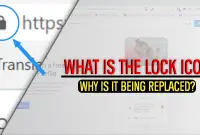SALT WAR FROM GANDHI TO TATA
With the arrival of the East India Company in India, the Britishers started monopolizing the cotton, spices and cash co industries completely. And this is where they look at India’s salt industry, at that time salt was made in two places in India, one was Rann of Kutch and the other was Odisha.
The Britishers saw a huge opportunity and a lot of money in it. He first started imposing taxes on salt, where 40 kg of salt (Tata Salt) used to cost around Rs.2 in India, taxes were increased by Rs.1.5 on that. Means they wanted 75 percent taxes from Indians. For some time they made a lot of profit from this and later released the source of profit and more can be done on this.
For this reason, many Britishers started taking part in India’s salt industry and this is where the salt flame started, where the Britishers started selling salt produced in India only to Indians. And with its help started earning a lot of money. Salt had become very expensive in India. A common man could not offer in India at that time. And this is where Gandhiji comes.
Gandhiji’s contribution in the Salt War
he wrote a letter to Viceroy on March 2, 1930 that you should remove the salt law, otherwise we will take a strong step against it in India and a Boda movement will be done in India. But Gandhi ji was mocked a lot in the Britishers and the Indian media of that time and after 10 days, on 12 March 1930, Gandhiji started the Dandi March, from Sabar Mati Ashram Ahmedabad to Dandi villages.
This journey was about 385 km long and in the beginning more than 80 people walked with Gandhiji, but when he reached Dandi villages, about 80,000 people were with Gandhiji. And after this Gandhi ji breaks the Salt Law completely.Friends, here you can learn a very big scale of leadership from Gandhiji that if you have touched a right Cossack and you do easy way of communication with people, then many people will be with you.
And this was done by Gandhiji, he touched a right kiosk where salt had become very expensive in India and secondly, he explained the whole of India to the people in such a simple language that people have understood that salt is ours only. But the British are selling it.Which is completely wrong and for this reason people from all over India had sided with Gandhiji.
What happened at the time of Gandhiji’s arrest
Friends, after one month of this March, Gandhiji was arrested and after that the Jail Bhoro movement started in which more than 80000 people went inside the jail, after that the jails in India were less that the British had to remove the salt text. But one thing has changed in India, it was understood in India that we should raise our standards for our things and after that many business minds in India’s Mumbai and Karachi started doing salt business.
This salt movement worked to unite India completely and after that India became independent. Our India was making only 19 lakh tonnes of salt at that time, which was not enough to meet our own requirement. And the Nehru government of that time took some steps here, due to which some other industries were set up, the production of salt was increased a lot in India, in 1953, where India was importing before Eden and UK, India started exporting. done.
Tata company started salt business and their competitors
In the year 1980, salt found in India was found in the open from Puri Tari where people used to weigh lamps in small packets, but in 1983 TATA released a bye opportunity here in Salt Industries and they sold packet salt for the first time in India.
Started and here TATA started selling 1 kg of salt in Rs.2 where their full focus was on salt packet and they gave open jingle “नमक हो तो ऐसा,टाटा जैसा” Tata Salt became very popular in India as time passed and Tata Salt became India’s no.1 market leader leaving behind foreign brands of salt available in India.
After 5 years in 1987, “DS GROUP” opened Catch Salt Lunch, it was for a different audience, they wanted to approach a lowly audience, who used to eat food sitting on the dining table, the premium audience of India. Hai bo catch bought salt and here its pricing is also very premium.
They started selling 200gm salt at Rs.6. But even till that time the market share of TATA salt was around 80% in India and after that in 1991 India’s Chamikal company DCW lunched salt named Captain Cook. His full focus was that our salt is very easy to flow.
DCW did an advertisement to bring down the price of TATA Salt:
He did an advertisement lunch, at that time there used to be a huge TV show in India called “KARAM CHAND” in which Karamchand was a detective and Kiti was his assistant. And here Captain Cook did an advertisement lunch with Kitty, in which 2 salts were shown, one salt was shown like TATA and another was their own salt, in which it was shown that our salt is absolutely free flow, but TATA salt is not free flow. it happens. And this ad campaign became a hit in India very quickly, their market share increased up to 300% and very quickly it became a company of about 100 Cr. In response to this.
Tata also took out an advertisement, without naming DCW:
Tata also did an open advertisement lunch and he directly placed Karam Chand on his advertisement, in this advertisement he showed how Tata produces its salt in India and how it maintains its purity. You will be able to see the advertisement of these two companies where Captain Cook was completely poxed to harm.
Tata’s brand and this was a right way for him to grow his brand but when TATA was the market leader at that time, he used open advertisement. I was completely focused on my brand, if TATA tried to target Captain Cook on its advertising, then Captain Cook’s market share would have increased, but Tata focused on its own brand, so always a big brand distributes itself. He was mindful of his purity, and his slogan was “Namak ho to aisa, Tata jaisa”.
FMCG & Unilever launched a new salt:
Where captain cook was directly targeting that this is a sticky salt, and there TATA group was positioning itself towards the saltiest and purist salt in the market and after that in 1995 FMCG & Unilever launched a new salt lunch in the market. Did “Aranpurna Salt” in which they pox on the benefits of iodine. He focused that when children are young, if they do not eat iodized salt, then they become victims of many diseases due to lack of iodine in old age.
And this brand also fitted itself very quickly in the market, now there were 2 big joints, one Unilever and one TATA, in the meantime, Captain Cook completely failed in the market and in the end, he had to sell his entire brand to Hindustan Unilever. Friends, after the year 2000, there are no other brands of salt but how many other salts have come like “Joha Saffola Salt, Nirma Sudh, Aashirbad, Patanjali and Patanjali” also tried to innovate in the market for some time, he also focused more on Ayurveda, but even today if you see, TATA salt has more than 25 percent market share in India.And he always kept himself the purest, saltiest salt in every way.
So friends, this was today’s article, so you tell which company’s salt do you eat and what is your opinion about this salt war of India, please Do comment,Thank you.





Your article helped me a lot, is there any more related content? Thanks! https://accounts.binance.com/zh-TC/register-person?ref=YY80CKRN
Can you be more specific about the content of your article? After reading it, I still have some doubts. Hope you can help me. https://www.binance.com/pt-BR/join?ref=OMM3XK51
Your article helped me a lot, is there any more related content? Thanks! https://accounts.binance.com/ar/register?ref=YY80CKRN